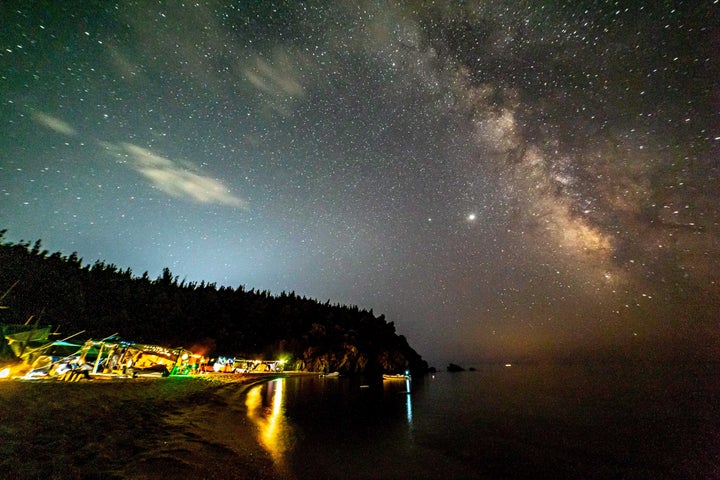
Star-gazing is becoming increasingly difficult in the modern world – and new research suggests it’s only getting worse.
NOIRLab, a US research centre for astronomy, has found that a child born today may be able to see, for instance, 250 stars in the sky in their particular location. But, by the time they turn 18, this may have fallen to 100.
In fact, now around 30% of the world’s population can no longer see all the stars they should be able to, according to NOIRLab’s citizen science programme called Globe at Night, where crowdsourced results were submitted online.
And we should be able to see several thousands of stars on a clear but dark night, all across the Milky Way, without any telescopes, just through patient sky-watching.
Where are the stars actually going?
Obviously, the stars haven’t actually gone anywhere.
It all comes down to our own light pollution – something we’ve previously measured through the satellites looking at the Earth’s brightness at night – as this obscures our view of the night sky.

But these new findings from Globe at Night show that our stars are actually disappearing from view at a faster rate than satellite measuring previously suggested.
Astronomers have dubbed the phenomenon “sky glow”, where the night sky is lit up by something other than the natural elements like stars and the moon.
Globe at Night suggests an increase in sky brightness (from sky glow) of 9.6% per year over the last decade, compared to the 2% measured by satellites.
Astronomer Connie Walker warned that these findings emphasise “the importance of redoubling our efforts” to reduce “sky glow”.
The crowdsourced research, based 50,000 observations gathered from Europe and North America between 2011 and 2022, provide an estimate of “naked eye limited magnitude” – a measure of how bright something needs to be before it can be seen.
How serious is sky glow?
Sky glow is unnatural and disrupts the natural cycle of day and night, meaning it will affect the wildlife, as many animals’ instincts are driven by their response to daylight.
National Geographic has also emphasised that light pollution affects humans too, lowering melatonin production, triggering sleep deprivation, fatigue, headaches, stress, anxiety and other health problems in humans.
And, while the study was focused on findings from Europe and North America, the increasing use of artificial lighting across the rest of the world means sky glow is likely to occur there too.
There’s also concerns about our previous measures of what is happening to the night sky.
“This shows that existing satellites aren’t sufficient to study how Earth’s night is changing,” the study’s lead author Christopher Kyba, of the German Research Centre for Geosciences, said.
